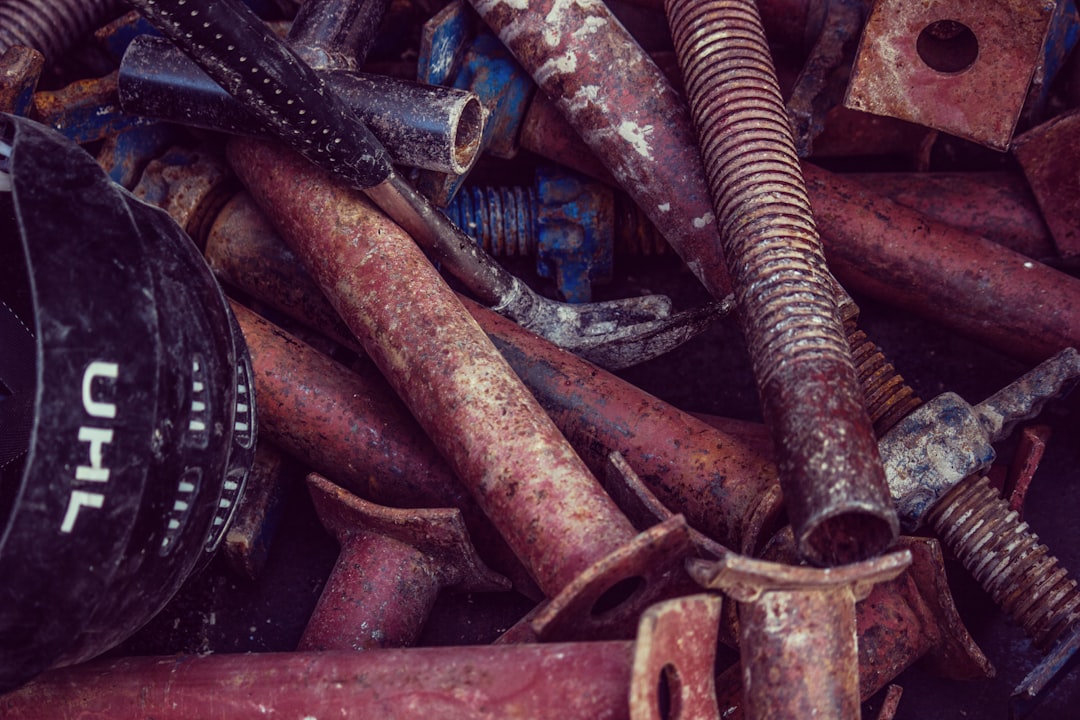In the realm of industrial manufacturing and engineering, stainless steel is a material of choice due to its exceptional corrosion resistance, strength, and versatility. Among the many grades available, 304 and 316 stainless steel are two of the most widely used. Although they may appear similar at first glance, they have key differences that impact their suitability for various applications. Understanding these differences is crucial when selecting the appropriate material for industrial use.
Chemical Composition
The primary distinction between 304 and 316 stainless steel lies in their chemical composition:
- 304 Stainless Steel: Composed of approximately 18% chromium and 8% nickel.
- 316 Stainless Steel: Contains around 16% chromium, 10% nickel, and an added 2% molybdenum.
The addition of molybdenum in 316 stainless steel significantly increases its resistance to corrosion, especially in chloride or saline environments. This makes it a preferred option for more demanding environments.

Corrosion Resistance
Corrosion resistance is a vital factor in many industrial applications. Here’s how the two grades compare:
- 304 Stainless Steel: Adequate for most environments, especially indoor and low-exposure areas. However, it is vulnerable to chloride-induced pitting, making it less ideal for marine or coastal use.
- 316 Stainless Steel: Offers superior resistance to corrosion, particularly against chlorides and acids. This makes it the top choice for chemical processing, marine environments, and medical devices.
For industries where extended exposure to harsh chemicals or saltwater is common, 316 stainless steel provides enhanced durability and longer service life.
Mechanical Properties and Strength
Both 304 and 316 grades offer excellent strength and durability. Mechanically, they are very similar, with only slight differences:
- Both grades exhibit a tensile strength in the range of 515–620 MPa.
- Yield strength is also comparable, though 316 may be slightly stronger due to the molybdenum content.
In environments that do not place excessive stress on materials, either grade can be suitable. Yet, for precision-engineered components or high-load systems in corrosive settings, 316 offers additional peace of mind.
Cost Considerations
One of the most tangible differences between 304 and 316 stainless steel is cost:
- 304 Stainless Steel: More economical and widely available, making it suitable for general-purpose applications.
- 316 Stainless Steel: Significantly more expensive, largely due to the molybdenum addition and higher nickel content.
While 316 may represent a higher upfront cost, industries may find long-term gains in reliability and reduced maintenance, especially in corrosive conditions. A thorough cost-benefit analysis is key in making a smart material choice.
Industrial Applications
Each grade aligns better with specific industrial needs depending on performance expectations and environmental conditions:
- Applications for 304 Stainless Steel:
- Food processing equipment
- Architectural trim and molding
- Household fixtures
- Applications for 316 Stainless Steel:
- Marine equipment and boat fittings
- Chemical manufacturing equipment
- Surgical instruments and pharmaceutical applications

Conclusion
When comparing 304 and 316 stainless steel for industrial applications, the decision ultimately hinges on the environment and required performance characteristics. Both are excellent materials with robust profiles, but:
- 304 Stainless Steel is ideal for general applications where cost and availability are critical factors.
- 316 Stainless Steel stands out in demanding environments that require enhanced corrosion resistance and minimal maintenance.
Understanding these differences ensures engineers and procurement managers make informed decisions that align with their operational demands and long-term performance goals.




